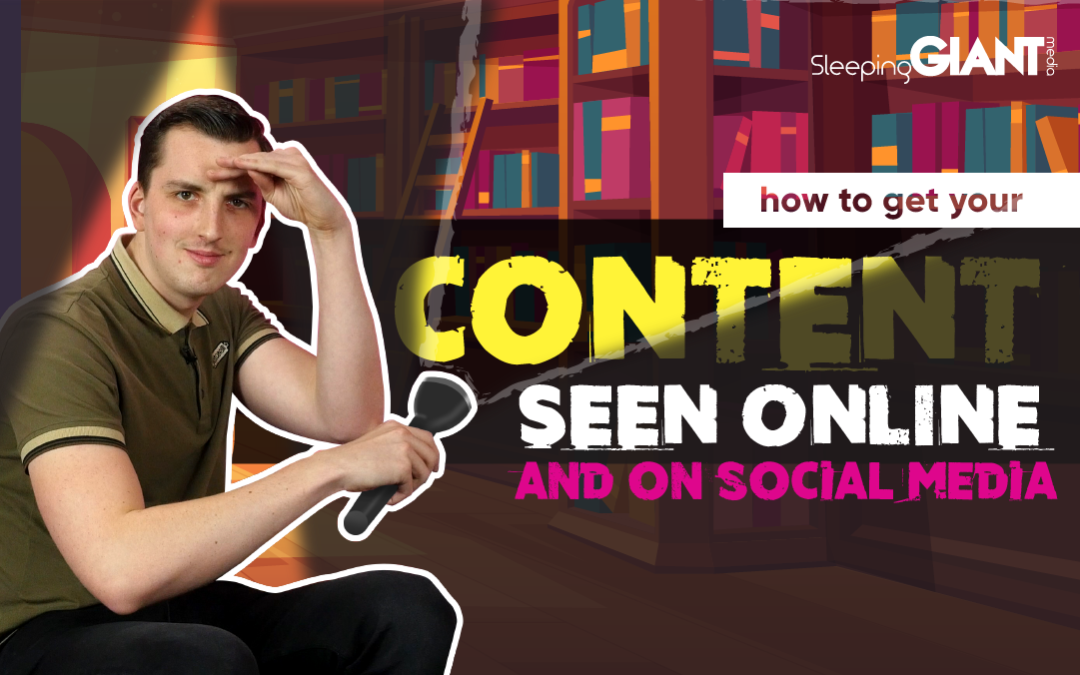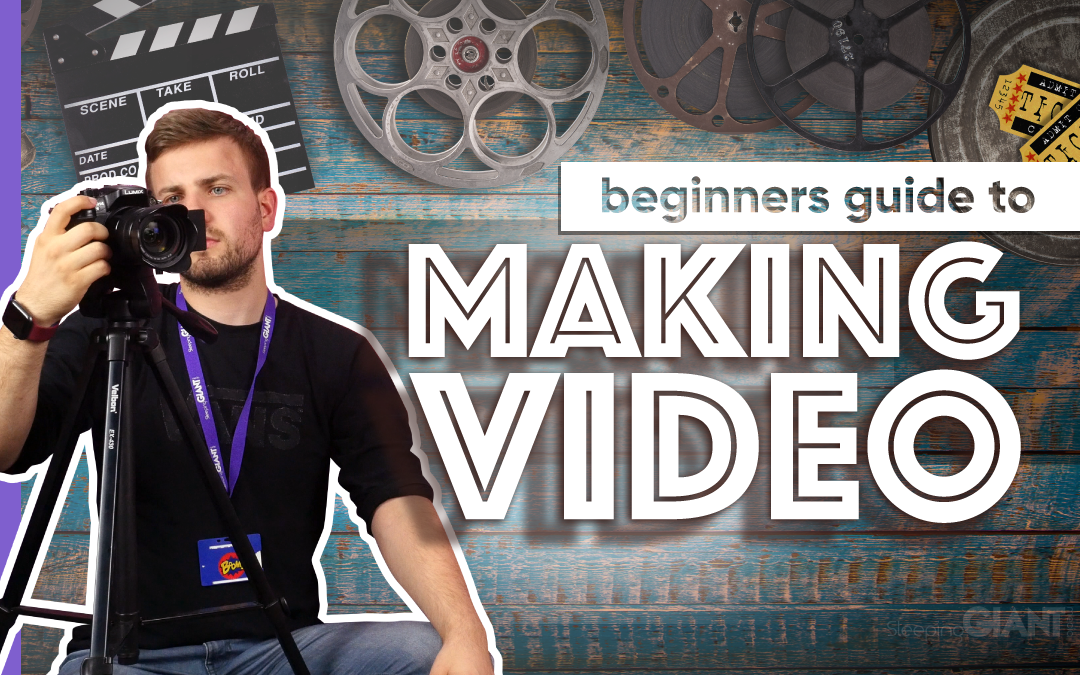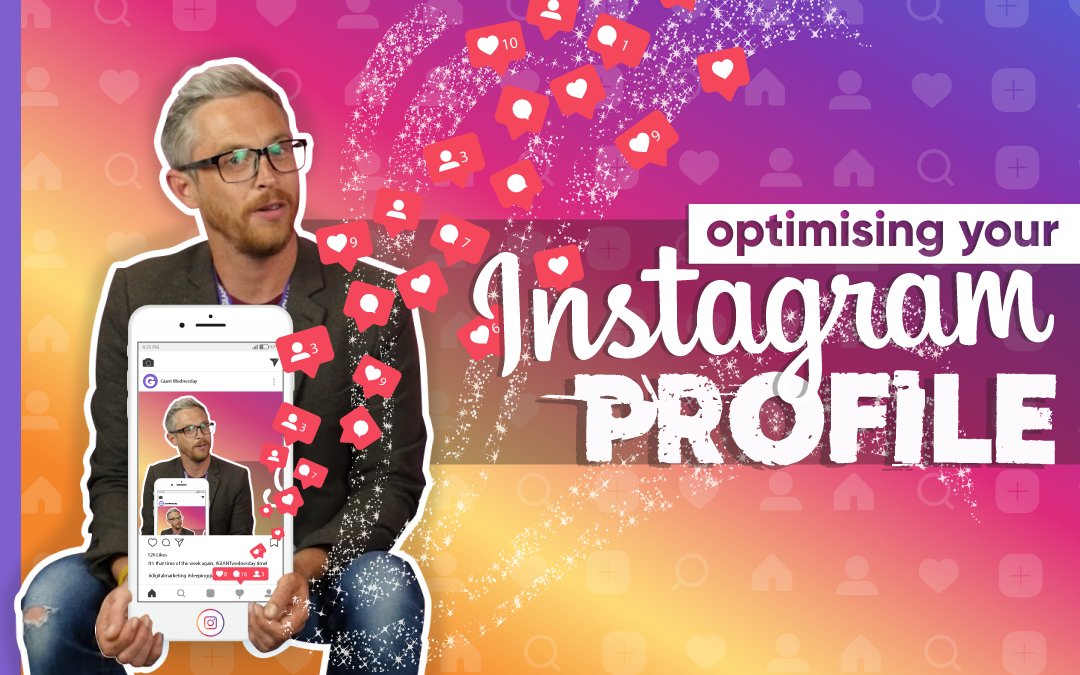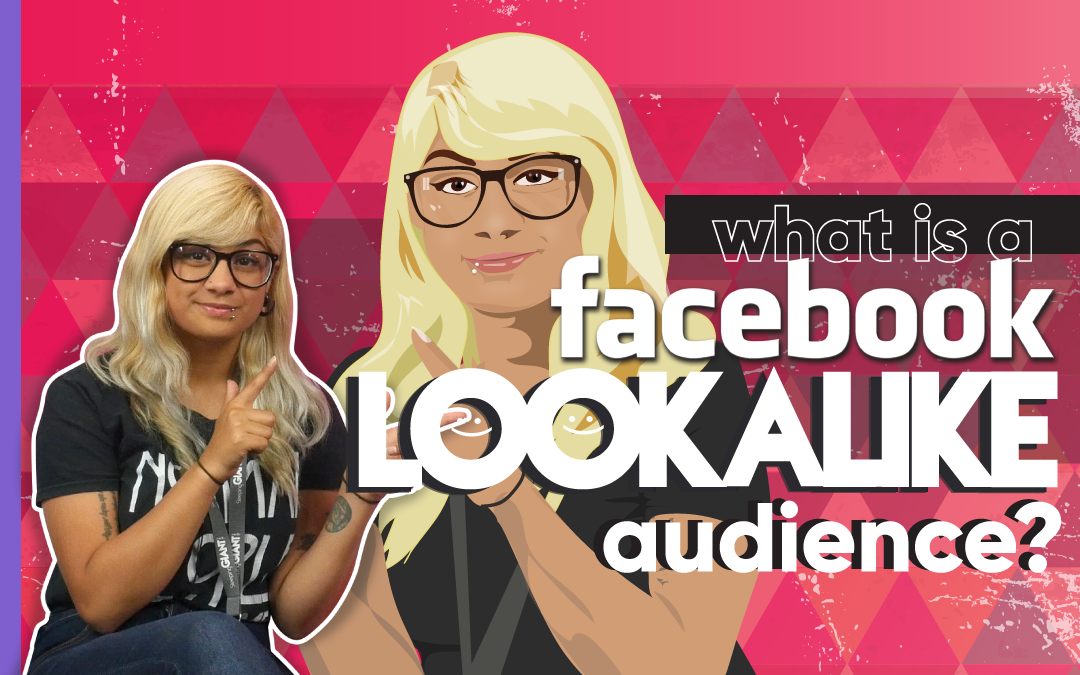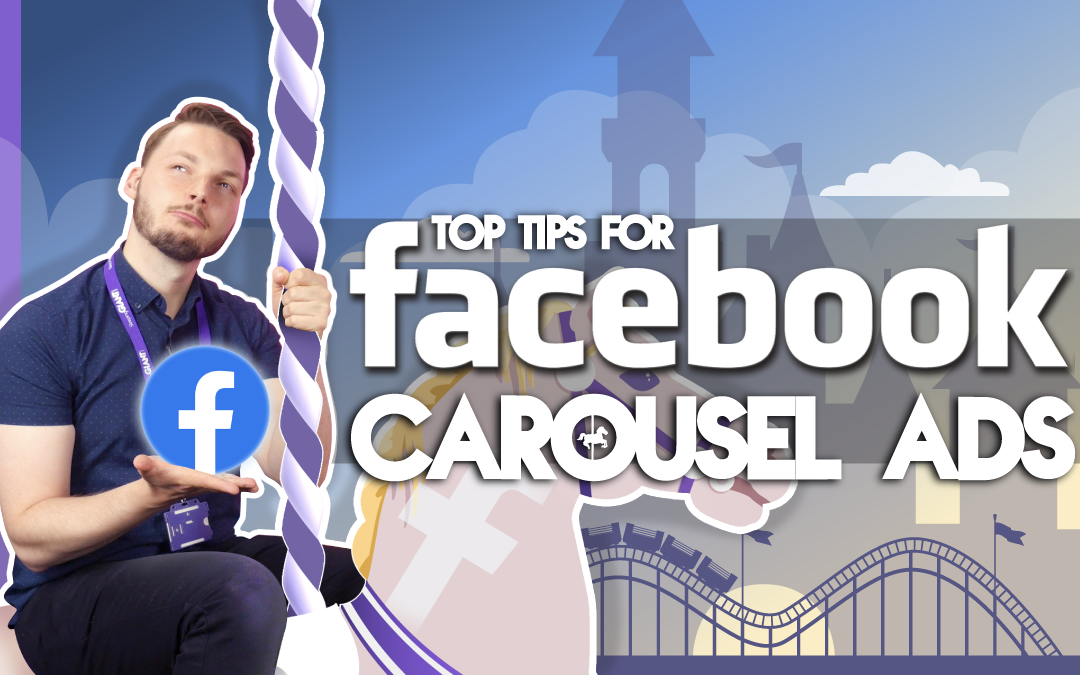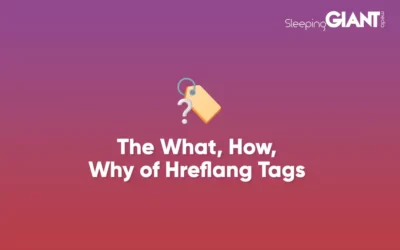In international SEO, hreflang tags are something that often cause a lot of...
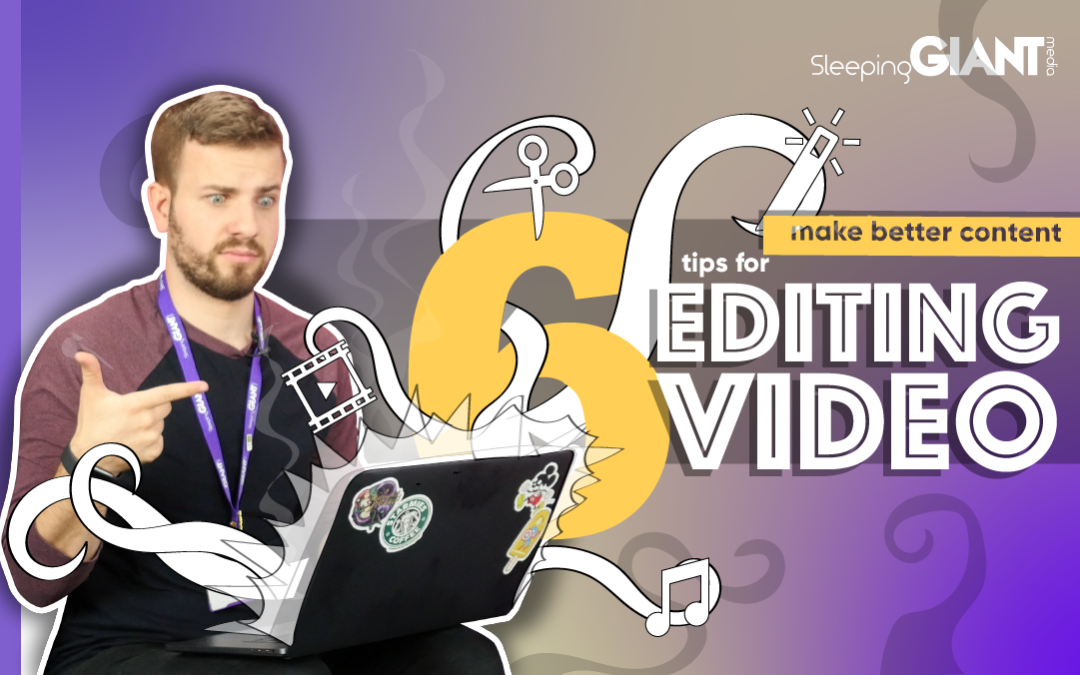
6 Tips For Editing Video To Make Better Content 🎥
6 Tips For Editing Video To Make Better Content 🎥
Transcript:
Filming a video is sometimes so easy, you could do it with your eyes closed.
But obviously that’s not the end of the video-making process. Oh I wish it was.
Yep, you’re soon left with an hour worth of footage that needs cutting down to a five-minute masterpiece… and you’re on a deadline.
It’s time to share some editing superpowers, so get your timelines ready, because Wednesdays are about to get GIANT.
Hi! my name is Alex and welcome to Giant Wednesday, the only place to be to discover the wonderful world of digital marketing. Don’t forget to subscribe to our channel and post your comments below.
Let’s start with an obvious one – video should play a key part in your marketing strategy.
If it’s missing from your business, chances are that you’re missing a trick, with video marketers growing revenue 49% faster than non-video users.
As video is everywhere online, consumers are becoming more and more aware of the difference between video that has been produced well, and… not so well
And this means that poor quality video for your brand could end up costing you business. Can we get one of those dun Dun DUUN sounds? ah, perfect.
But whether you’re an expert videographer, or you’re just starting out, here’s some advice for blowing people’s minds with AWESOME editing skills.
Number 1 – Choose the right editing software
They say a good craftsman never blames his tools, but having the right software is crucial for video editing.
There are a variety of free and paid-for options available and all of them have their different pros and cons.
The program I use for editing is Adobe Premiere Pro. But that might not be your cup of tea, so take the time to have a play.
You also need to bear in mind that video editing software puts a huge strain on most computers, so don’t think that Dell you’ve been sitting behind the past 3 years is going to produce the next Hollywood blockbuster.
Consider buying some hardware that can handle the work.
Number 2 – Shoot to Edit
You want to start off on the right foot, so don’t make a rod for your own back by thinking you can create stunning video with sub-par footage.
Of course, sometimes you’ll be given footage from someone else to edit together, but trust me, you’ll feel much more confident editing video if you’re the one behind the camera.
Shooting to edit means you’ll also be aware of any curveballs that often pop up in the filming process, and that will drastically speed up your workflow.
Number 3 – Learn your shortcuts
Earlier I mentioned about choosing the right software, and if you’ve found one that works for you, that’s great!
Now it’s important that you learn all the little hacks and shortcuts that are going to make your life a lot easier.
After all, we are on a deadline, remember?
For example, on Premiere, when you’re trying to pick which part of the footage to put into your timeline, you can use ‘L’ to speed up, and ‘J’ to slow down.
You can then press ‘I’ to set the ‘in’ point of your footage, and ‘O’ to set the ‘out point’
And that’s just the basics. Getting to know simple tricks like this will drastically speed up the editing process.
Number 4 – Keep it simple
If you’re just starting out, don’t worry about producing some top end video loaded with special effects.
Instead, it’s better to focus on creating a clean and professional looking video, with information that is clear and easy to understand.
As you continue to learn and feel more comfortable with editing video, you can begin to experiment with various effects, angle changes, text overlays, titles, animations, transitions, zooms… all of that other stuff.
But baby steps, focus on nailing the foundations first.
Number 5 – Fine tune your audio
This is one that we see far too often.
Have you ever been jumping from one YouTube video to the next, and the sound doesn’t match for some videos?
Some videos are super quiet, so you turn the volume right up, and then the next video is super loud and explodes your eardrums?
Well that’s because those people didn’t correctly balance their audio, which is so important.
In fact, several articles have shown that viewers will abandon your video if voices aren’t clear, if the volume is too loud, or too quiet, if there’s distortion, buzz, or other noise that makes the audio difficult to follow.
The issue is that people take good audio for granted. When it’s good, they won’t even notice. But when you mess it up… prepare for bad feedback.
You can tackle this by investing in some quality microphones.
The microphone we use for Giant Wednesday is a Sennheiser ew-100 G3 lavalier mic, but do some research on the best fit for your audio needs. Drop us a comment if you want any more information about our filming setup.
And Number 6 – Don’t stop learning
If you want to continue to evolve the quality of your video to delight your audience, then make sure you’re always learning new editing tips and tricks.
YouTube has an abundance of videos that can teach you pretty much anything you need to know, so if you’re wondering how to… add subtitles, make better transitions, or balance your audio, the perfect lesson for you is only a search away.
And those were my six editing tips.
I hope you’ve learnt something new, and I wish you well on your video editing journey.
If you’re just starting up and making video for your business, send us a link in the comments below and we’ll check it out!
If you’re an experienced video editor, is there a crucial tip you think I’ve missed, or something that you’ve discovered recently? Make sure you let us know.
So that’s it for today, go forth and comment your views, give us a like and subscribe to see more great digital and marketing content every week.
Thanks for watching, and we’ll see you next week for another GIANT Wednesday.
Sign Up For Giant Wednesday In Your Inbox
Use the form below to sign up and we'll send you fortnightly update emails when a new episode of Giant Wednesday is launched.

